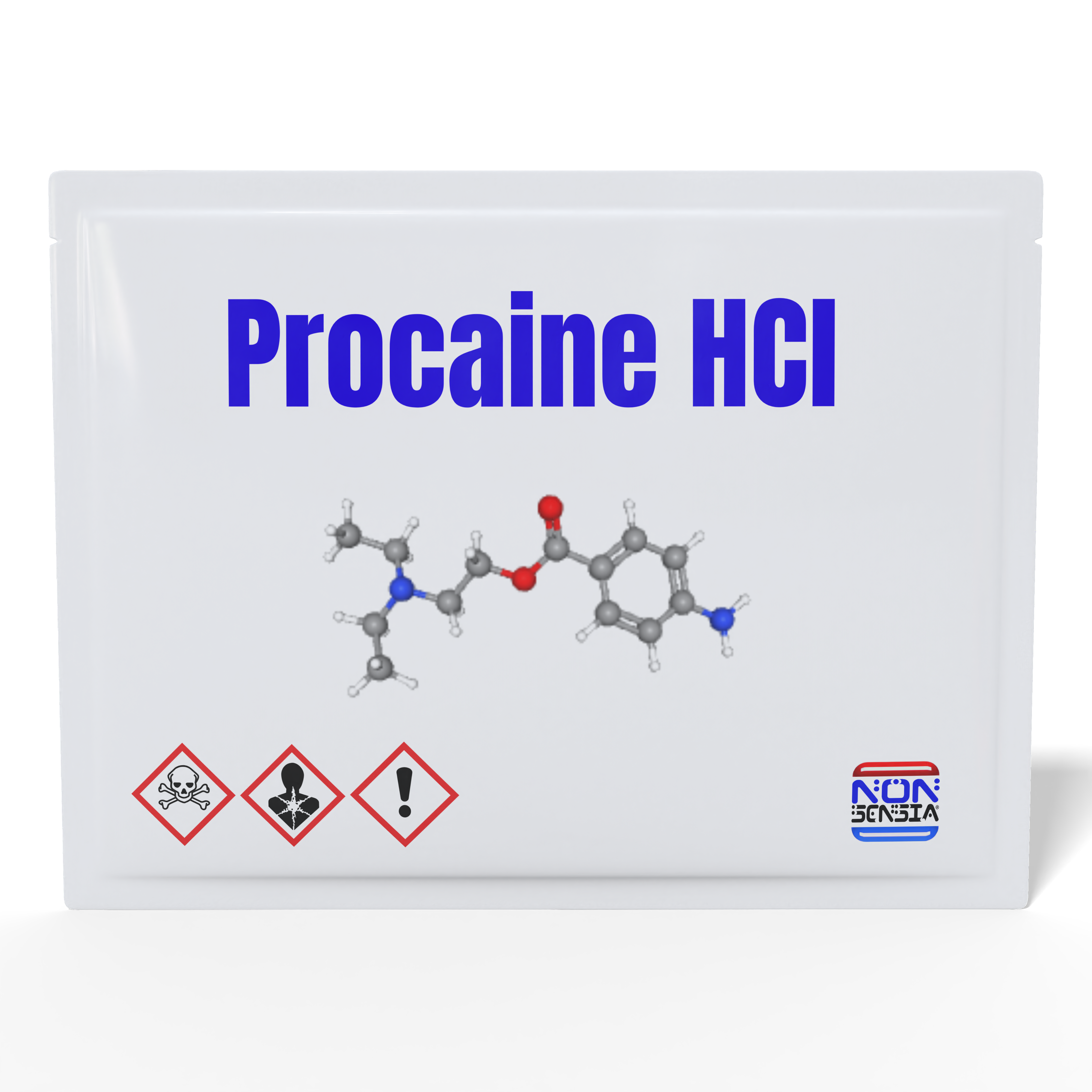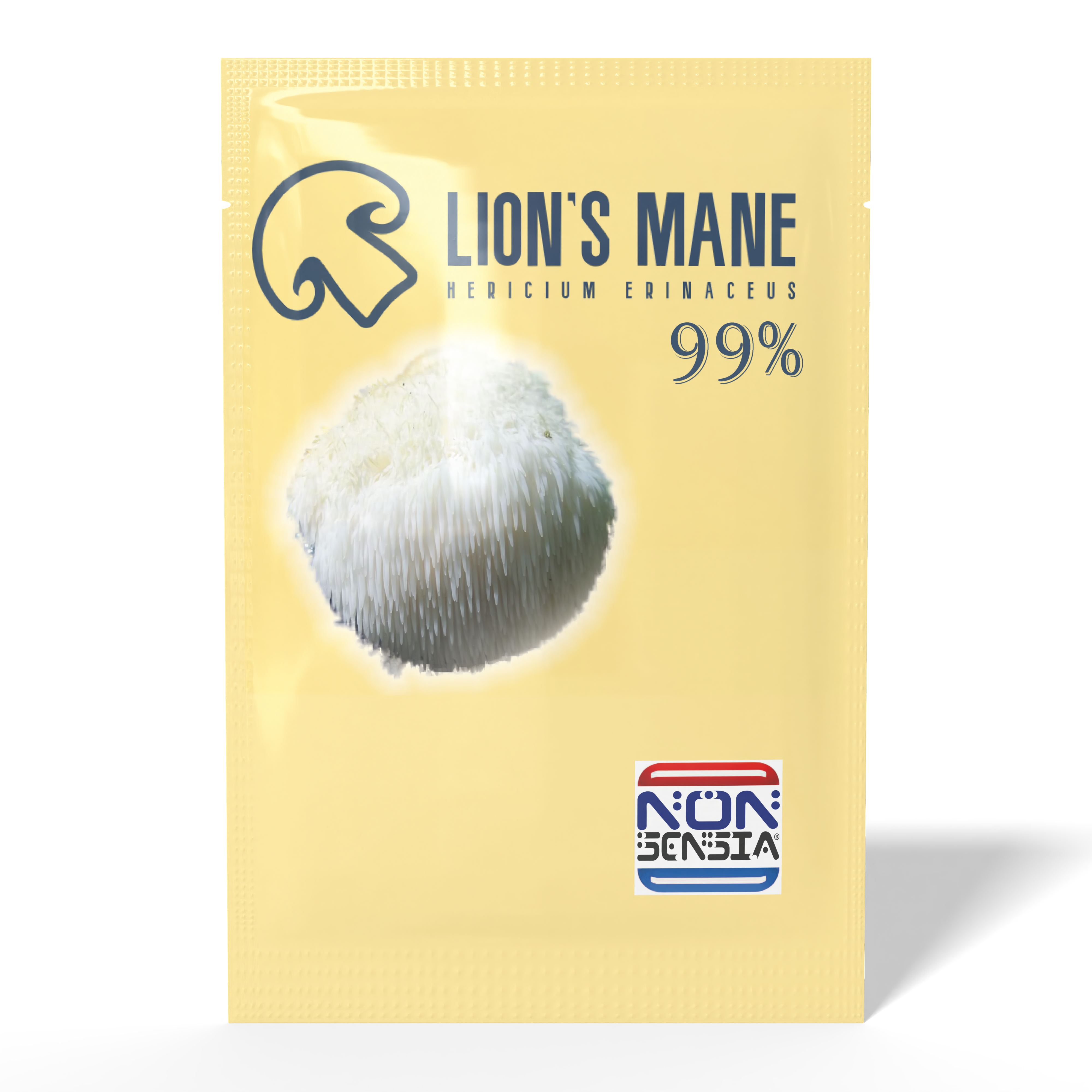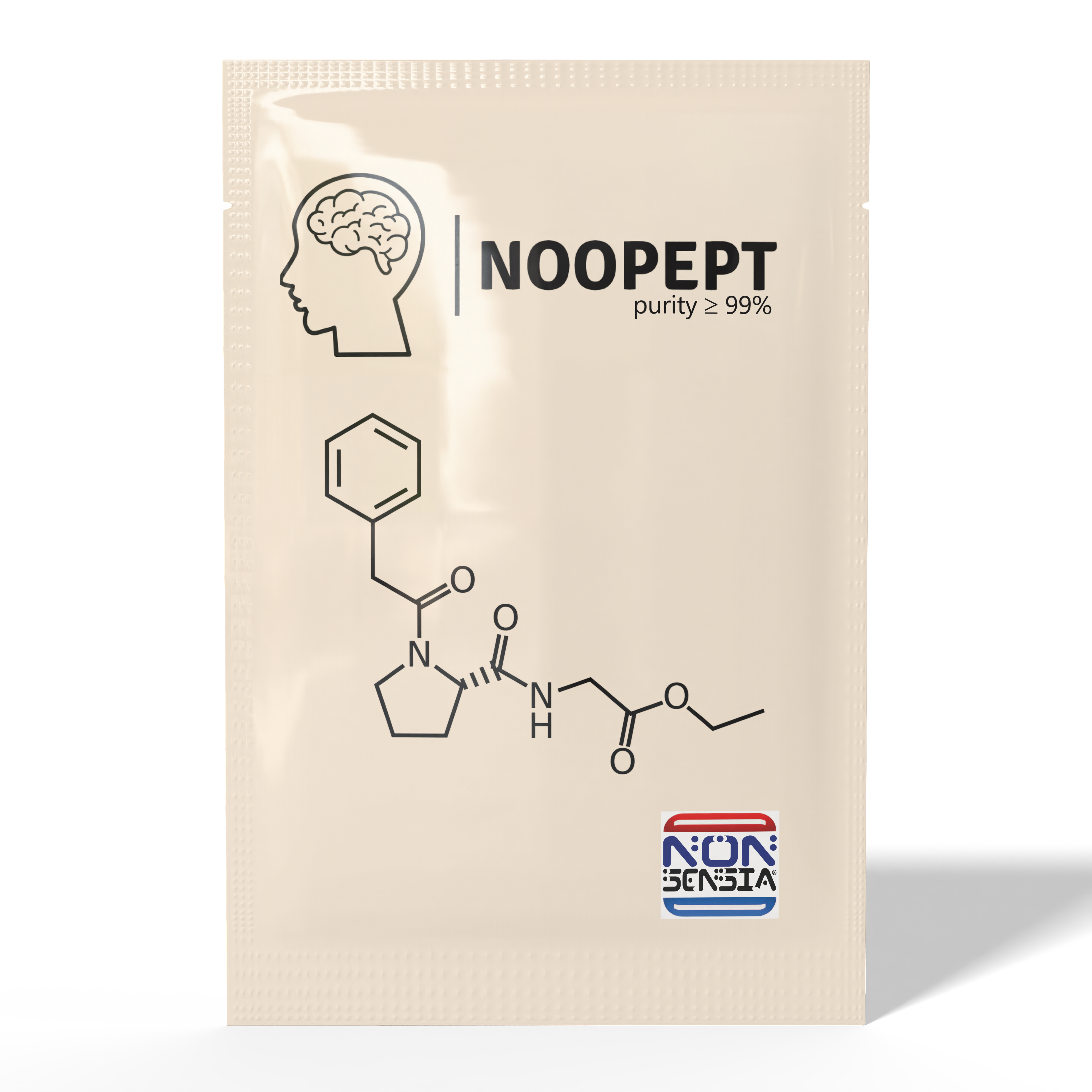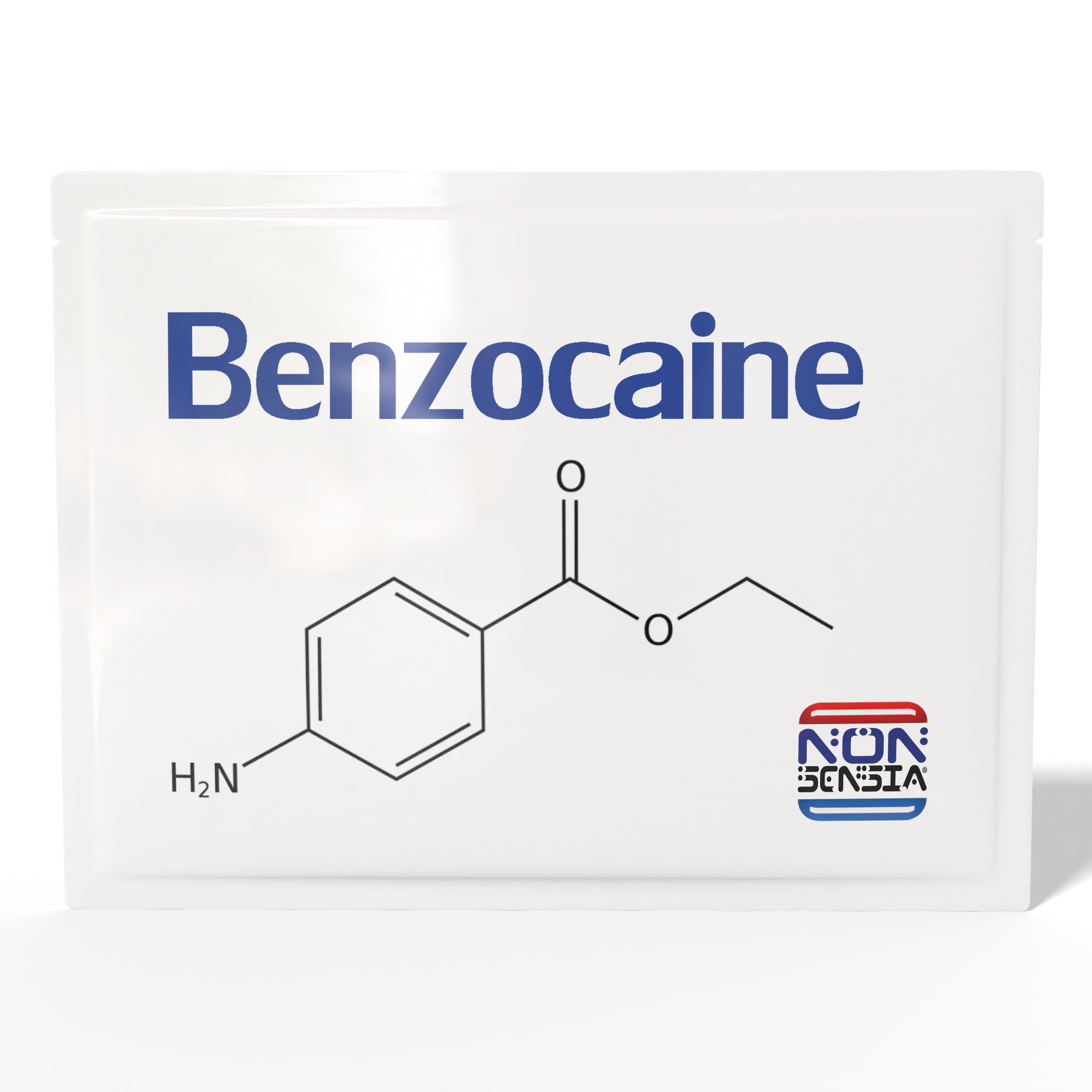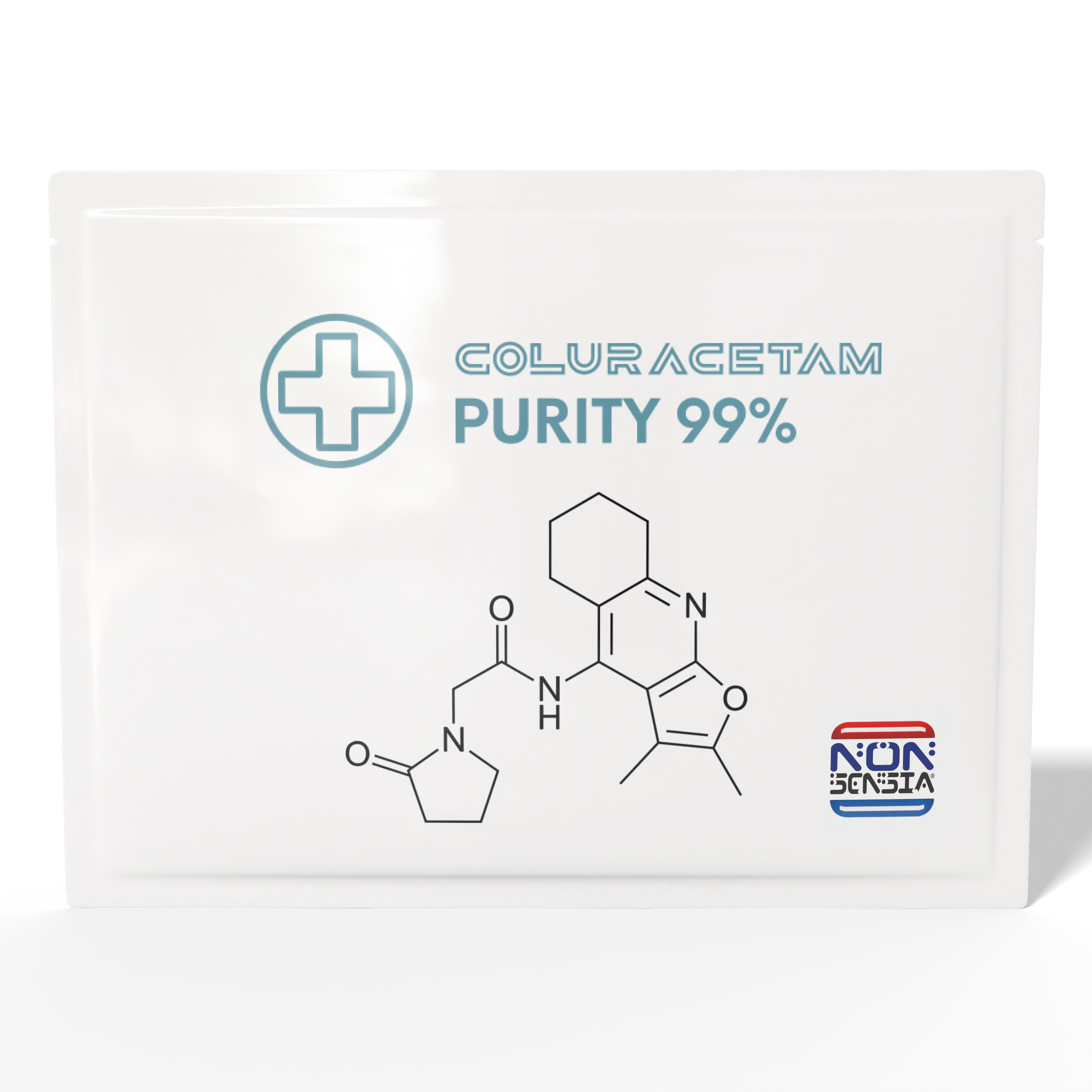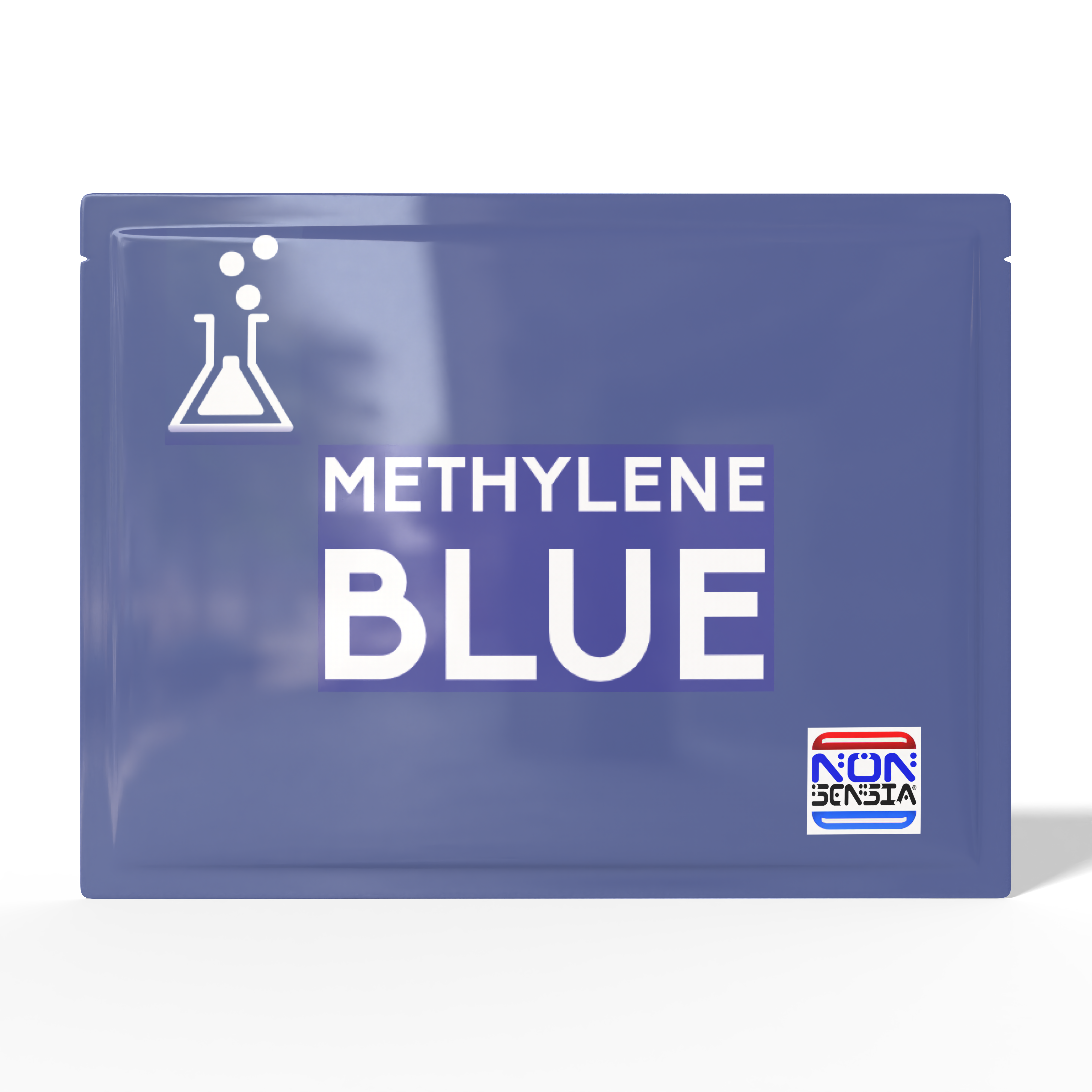Procaine HCl – High-Quality Local Anesthetic
- Home
- Procaine HCl – High-Quality Local Anesthetic
Procaine HCl – High-Quality Local Anesthetic
23,13 zł
Procaine HCl– High-Quality Local Anesthetic for Pain Relief and Nerve Support 🌟
- Molecular Formula: C13H21ClN2O2
- Molecular Weight: 272.77 g/mol
- Cas No: 51-05-8
- Other Name: PROCAINE HYDROCHLORIDE
Procaine HCl, a benzoic acid derivative, is a local anesthetic primarily used for reducing pain during medical procedures. Known for its effectiveness and safety, Procaine HCl has a well-established reputation in clinical practice. First introduced in 1905, it gained widespread use as a local anesthetic due to its ability to block nerve signals temporarily without causing long-lasting side effects. Procaine HCl belongs to the ester-type anesthetics, which are well-known for their rapid metabolism and relatively short duration of action.
Quick Payment
100% New
Fast Delivery
- Additional Informantion
Procaine HCl– High-Quality Local Anesthetic for Pain Relief and Nerve Support 🌟
- Molecular Formula: C13H21ClN2O2
- Molecular Weight: 272.77 g/mol
- Cas No: 51-05-8
- Other Name: PROCAINE HYDROCHLORIDE
Procaine HCl, a benzoic acid derivative, acts as a local anesthetic to reduce pain during medical procedures. Known for its effectiveness and safety, it has maintained a solid reputation in clinical practice. Physicians often rely on its predictable effects, ensuring patients experience temporary pain relief without significant long-term side effects.
First introduced in 1905, Procaine HCl quickly became popular for its ability to block nerve signals temporarily. Unlike other anesthetics of the time, it offered reliable results with fewer complications. Its rapid onset and targeted action made it a preferred choice for minor surgeries and dental procedures.
it belongs to the ester-type anesthetic class, recognized for its rapid metabolism and short duration of action. The body quickly breaks it down into inactive metabolites, reducing the risk of toxicity. This feature makes Procaine HCl both effective and safe for a wide range of clinical applications.
Let’s explore the properties, uses, and benefits of Procaine HCl in detail.
How Procaine HCl Works ⚙️
Procaine HCl works by binding to and inhibiting voltage-gated sodium channels in nerve cells. These channels are responsible for conducting electrical impulses that carry pain signals. By blocking these channels, it prevents the transmission of pain signals from the affected area to the brain.
Key Mechanisms of Action:
- Inhibits Nerve Impulse Transmission: Procaine HCl increases the threshold for electrical excitation, making it harder for nerve cells to generate an action potential.
- Slows Nerve Signal Propagation: By reducing the rate of rise of the action potential, Procaine HCl slows the transmission of nerve impulses.
- Temporary Sensation Loss: The blocking effect leads to temporary numbness in the targeted area, allowing pain-free medical procedures.
This mechanism makes Proc highly effective for various types of local anesthesia, including infiltration anesthesia, peripheral nerve blocks, and spinal anesthesia.
Clinical Applications of Procaine HCl 💉
it is used in a range of clinical settings due to its versatility and efficacy. Some of the primary applications include:
1. Infiltration Anesthesia
Infiltration anesthesia uses Procaine HCl by injecting it into the tissues surrounding a surgical site to numb the area. Typically, healthcare professionals apply this technique during minor surgical procedures and dental work. Consequently, it effectively provides localized pain relief without affecting other parts of the body.
2. Peripheral Nerve Block
In many cases, physicians actively use Procaine HCl for peripheral nerve blocks, injecting the anesthetic near a specific nerve or group of nerves to provide targeted pain relief and improve patient comfort. This type of anesthesia is ideal for procedures on the limbs, reducing pain while allowing the patient to remain conscious.
3. Spinal Anesthesia
In spinal anesthesia, practitioners inject Procaine HCl into the cerebrospinal fluid in the lower spine, delivering rapid and effective pain relief for lower body procedures. Doctors commonly perform this method in obstetrics and urology for its reliable and fast-acting results.
4. Dermatological Procedures
Doctors use it in minor skin procedures like mole removal, biopsies, and wound suturing to minimize patient discomfort.
5. Pain Management
In certain cases, it is specifically used for temporary pain relief in conditions involving nerve pain or muscle spasms. Moreover, it is sometimes administered in combination with other agents to further enhance its analgesic effects, providing more comprehensive relief for patients.
Benefits of Procaine HCl 🌿
it offers numerous advantages as a local anesthetic. Here’s why it remains a popular choice among healthcare professionals:
- Fast Onset and Short Duration: Procaine HCl takes effect quickly and wears off within a relatively short time, reducing the risk of prolonged numbness.
- High Safety Profile: Compared to other local anesthetics, Procaine HCl has a low risk of systemic toxicity.
- Minimal Side Effects: Most patients tolerate it well, with side effects being rare and typically mild.
- Reduced Pain and Discomfort: Its primary benefit is the ability to block pain effectively, ensuring patient comfort during medical procedures.
- Affordable and Widely Available: Procaine HCl is cost-effective and readily accessible in healthcare settings worldwide.
Neuroprotective and Anti-inflammatory Potential 🧠
In addition to its anesthetic properties, emerging research suggests that it may have neuroprotective and anti-inflammatory effects. These potential benefits include:
- Reducing Oxidative Stress: it may also help protect nerve cells from oxidative damage, a process often associated with neurodegenerative conditions. Furthermore, its potential neuroprotective properties make it a promising option for addressing long-term neurological health.
- Modulating Immune Response: Some studies indicate that it can reduce inflammation, making it a potential adjunct in managing chronic inflammatory conditions.
While these additional effects are still being studied, they highlight the versatility of Procaine HCl beyond its traditional use as a local anesthetic.
Procaine HCl in Anti-Aging and Alternative Medicine 🌸
In alternative medicine and anti-aging therapies, Procaine HCl has gained attention for its supposed rejuvenating properties. As an active ingredient in Gerovital H3, it actively treats various age-related conditions, including cognitive decline, arthritis, and chronic fatigue.
Proponents actively believe Procaine HCl improves cellular health and promotes overall vitality, even though scientific evidence supporting these claims remains limited. However, it’s important to note that such uses fall outside the scope of mainstream medical practice.
Safety and Side Effects ⚠️
it is generally considered safe when used appropriately, but like any medication, it can cause side effects in some individuals.
Common Side Effects:
- Mild dizziness
- Nausea
- Allergic reactions (rare)
- Injection site pain or irritation
Rare but Serious Side Effects:
- Cardiovascular reactions, such as irregular heartbeats
- Central nervous system effects, including seizures (in high doses)
- Hypersensitivity reactions
Patients with a history of allergic reactions to ester-type anesthetics should avoid using it. It’s also important to consult a healthcare provider before use, particularly for individuals with underlying medical conditions or those taking other medications.
Dosage and Administration 📅
Typically, healthcare professionals administer the appropriate dosage of Procaine HCl in a controlled setting to ensure safety and efficacy. Moreover, the dosage varies depending on the procedure and the patient’s medical condition, emphasizing the importance of individualized care.
General Guidelines:
- For infiltration anesthesia, doses range from 100 mg to 1000 mg depending on the size of the area to be anesthetized.
- For peripheral nerve blocks, higher doses may be used under close monitoring.
- Spinal anesthesia requires precise dosing to avoid complications such as low blood pressure or prolonged numbness.
Repeated or excessive doses should be avoided to minimize the risk of toxicity.
Procaine HCl vs. Other Local Anesthetics ⚖️
When compared to other local anesthetics, it has some distinct characteristics:
| Feature | Procaine HCl | Lidocaine | Bupivacaine |
|---|---|---|---|
| Onset of Action | Slow | Rapid | Moderate |
| Duration of Action | Short | Moderate | Long |
| Toxicity Risk | Low | Moderate | Higher |
| Best For | Minor procedures | Rapid relief | Long-lasting pain control |
Each anesthetic has its own advantages and is chosen based on the specific needs of the procedure and patient.
Conclusion 🏁
Procaine HCl is a versatile and effective local anesthetic with a long history of safe use in clinical practice. Moreover, its ability to block pain without causing prolonged numbness or significant side effects ensures it remains a reliable choice for various medical applications. As a result, it continues to be widely utilized.
Beyond its traditional use in anesthesia, ongoing research into its potential neuroprotective and anti-inflammatory effects could open new doors for its therapeutic use. Whether for dental procedures, minor surgeries, or pain management, Procaine HCl continues to be a valuable tool in modern medicine.
Always consult with a healthcare professional to determine if it is appropriate for your specific needs.

